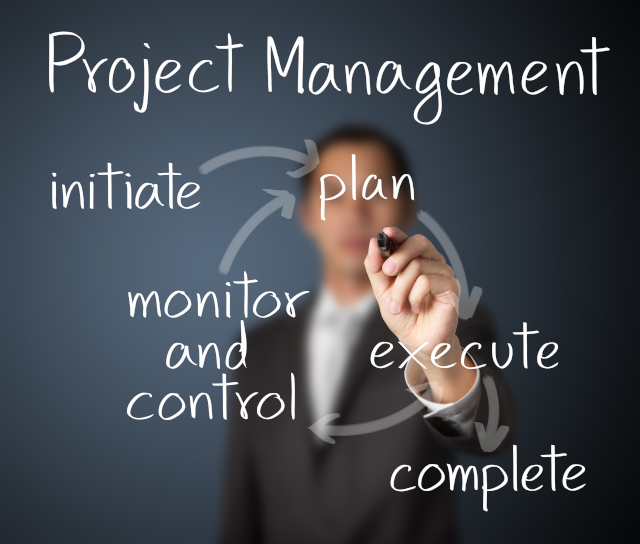
Project management is a structured approach to planning and guiding project processes from start to finish. Whether you are managing a small project or overseeing a large-scale enterprise, understanding the phases of project management is crucial for success. This guide delves into each phase, providing a detailed overview of the steps involved.
Phase 1: Initiation
The initiation phase is the foundation of any project. It involves defining the project and its goals, identifying stakeholders, and developing the project charter.
- Define the Project & Goals: Clearly articulate what the project aims to achieve. This sets the direction and purpose. Identify Stakeholders: Determine who will be affected by the project and who has a vested interest in its outcome. Engage with these stakeholders early to understand their needs and expectations.
- Develop Project Charter: This document formally authorizes the project, outlining objectives, scope, and responsibilities. It serves as a reference throughout the project lifecycle.
Phase 2: Planning
In the planning phase, detailed roadmaps and strategies are developed to guide the project to successful completion.
- Develop Project Plan: Create a comprehensive plan that includes timelines, milestones, and deliverables.
- Define Project Scope: Clearly define what is included in the project and what is not. This helps in avoiding scope creep.
- Create Work Breakdown Structure (WBS): Break down the project into smaller, manageable tasks. This makes tracking progress easier.
- Assemble Core Team: Form a team with the necessary skills and expertise to execute the project tasks.
- Determine Cost Estimate: Estimate the financial resources required for the project, ensuring that budget constraints are considered.
- Create Communication Plan: Develop a strategy for how information will be shared among stakeholders and team members.
- Identify Risk: Assess potential risks and develop mitigation strategies to manage them effectively.
Phase 3: Execution
This phase involves putting the project plan into action, ensuring that tasks are completed as scheduled.
- Schedule Tasks: Assign tasks to team members and set deadlines to ensure the project stays on track.
- Allocate Resources: Distribute the necessary resources, including personnel, equipment, and materials, to where they are needed most.
- Update and Communicate Project Status: Regularly update stakeholders on the project’s progress, addressing any issues that arise promptly.
Phase 4: Monitoring & Controlling
Monitoring and controlling are ongoing processes that ensure the project remains on track and any deviations are corrected promptly.
- Monitor Project Progress: Continuously track the project’s progress against the plan.
- Control Risks and Costs: Identify any risks or cost overruns early and take corrective actions.
- Validate Scope: Ensure that all work aligns with the project scope and objectives.
- Conduct Quality Control: Check that deliverables meet the required quality standards.
- Measure Key Performance Indicator (KPI): Use KPIs to evaluate the project’s performance and make data-driven decisions.
Phase 5: Closing
The closing phase signifies the formal completion of the project.
- Collect & Finalize Project Documents: Gather all project-related documents for archiving and future reference.
- Confirm Completion of Project Deliverables: Ensure that all project deliverables have been completed to the stakeholders’ satisfaction.
- Project Report Out: Create a final project report summarizing the project’s achievements, challenges, and lessons learned.
- Close Project: Formally close the project, ensuring all contractual obligations are met.
- Handover Transition Plan: Develop a plan to transition the project deliverables to the operational team or client.
Conclusion
Understanding and effectively managing the phases of project management can significantly increase the likelihood of a project’s success. By following the structured approach outlined above, project managers can ensure that their projects are well-planned, efficiently executed, and successfully completed. Each phase plays a critical role in the overall lifecycle, providing a roadmap for achieving project goals and delivering value to stakeholders.

Comments